Victor M. Batlle
EndoMapper dataset of complete calibrated endoscopy procedures
Apr 29, 2022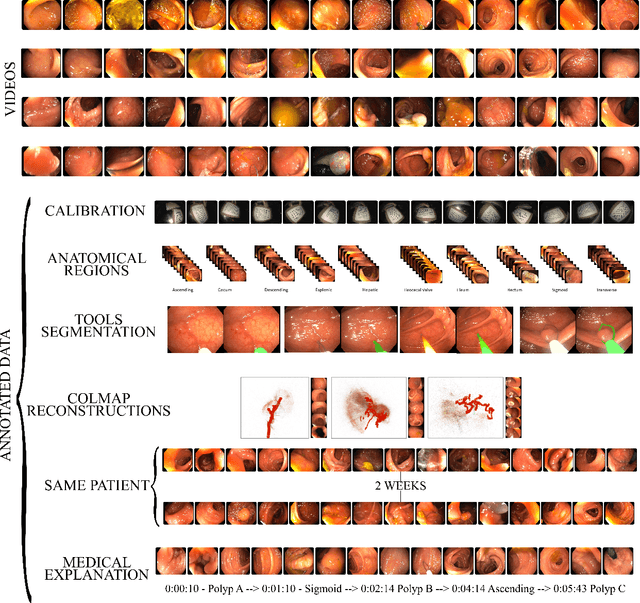
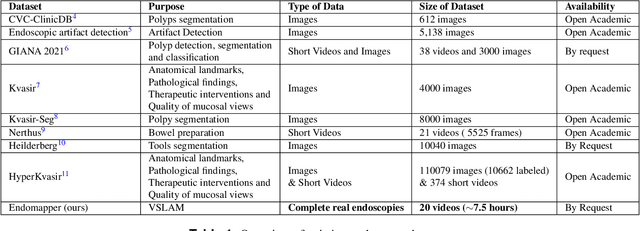
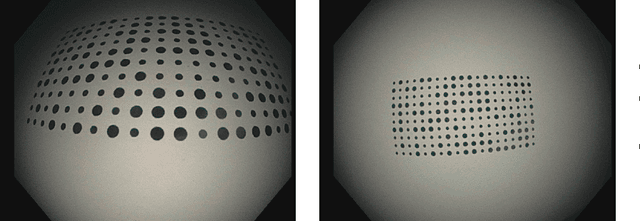

Abstract:Computer-assisted systems are becoming broadly used in medicine. In endoscopy, most research focuses on automatic detection of polyps or other pathologies, but localization and navigation of the endoscope is completely performed manually by physicians. To broaden this research and bring spatial Artificial Intelligence to endoscopies, data from complete procedures are needed. This data will be used to build a 3D mapping and localization systems that can perform special task like, for example, detect blind zones during exploration, provide automatic polyp measurements, guide doctors to a polyp found in a previous exploration and retrieve previous images of the same area aligning them for easy comparison. These systems will provide an improvement in the quality and precision of the procedures while lowering the burden on the physicians. This paper introduces the Endomapper dataset, the first collection of complete endoscopy sequences acquired during regular medical practice, including slow and careful screening explorations, making secondary use of medical data. Its original purpose is to facilitate the development and evaluation of VSLAM (Visual Simultaneous Localization and Mapping) methods in real endoscopy data. The first release of the dataset is composed of 59 sequences with more than 15 hours of video. It is also the first endoscopic dataset that includes both the computed geometric and photometric endoscope calibration with the original calibration videos. Meta-data and annotations associated to the dataset varies from anatomical landmark and description of the procedure labeling, tools segmentation masks, COLMAP 3D reconstructions, simulated sequences with groundtruth and meta-data related to special cases, such as sequences from the same patient. This information will improve the research in endoscopic VSLAM, as well as other research lines, and create new research lines.
Photometric single-view dense 3D reconstruction in endoscopy
Apr 19, 2022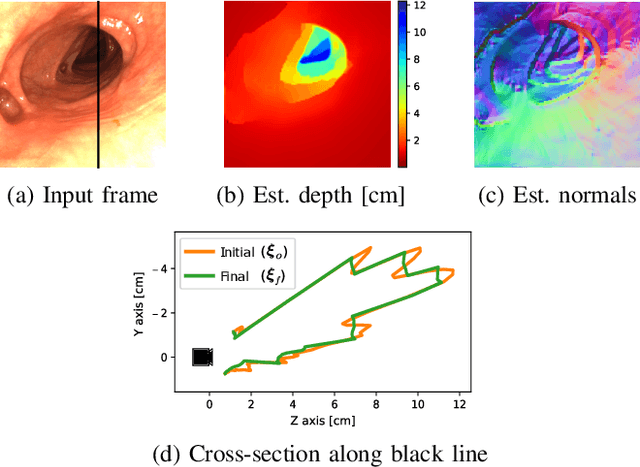

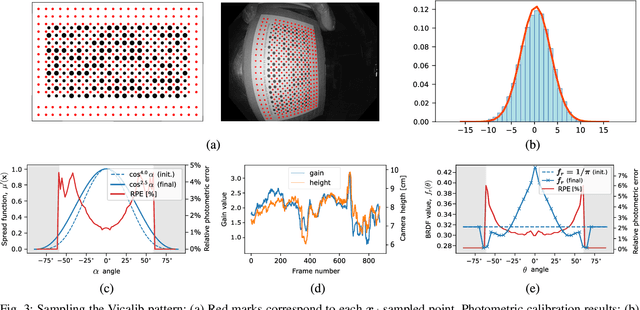

Abstract:Visual SLAM inside the human body will open the way to computer-assisted navigation in endoscopy. However, due to space limitations, medical endoscopes only provide monocular images, leading to systems lacking true scale. In this paper, we exploit the controlled lighting in colonoscopy to achieve the first in-vivo 3D reconstruction of the human colon using photometric stereo on a calibrated monocular endoscope. Our method works in a real medical environment, providing both a suitable in-place calibration procedure and a depth estimation technique adapted to the colon's tubular geometry. We validate our method on simulated colonoscopies, obtaining a mean error of 7% on depth estimation, which is below 3 mm on average. Our qualitative results on the EndoMapper dataset show that the method is able to correctly estimate the colon shape in real human colonoscopies, paving the ground for true-scale monocular SLAM in endoscopy.
 Add to Chrome
Add to Chrome Add to Firefox
Add to Firefox Add to Edge
Add to Edge